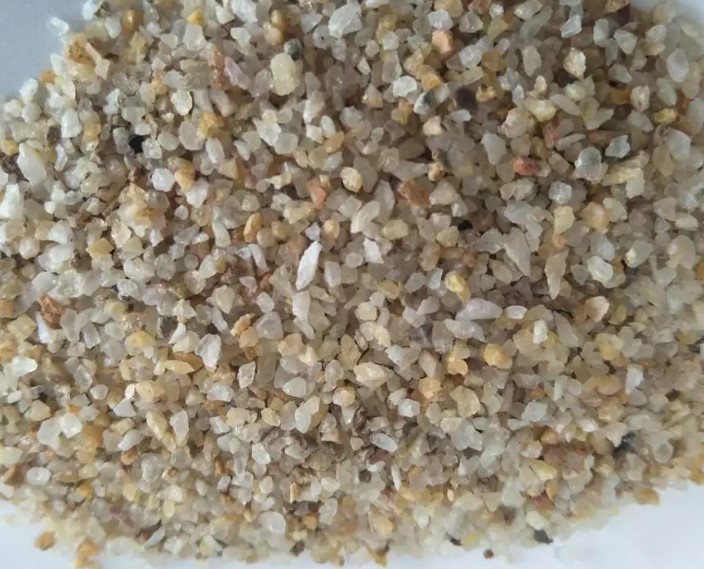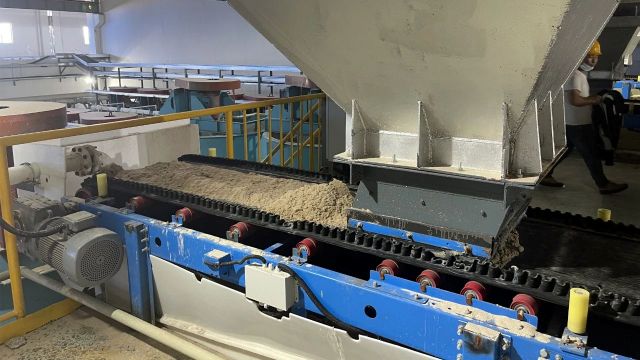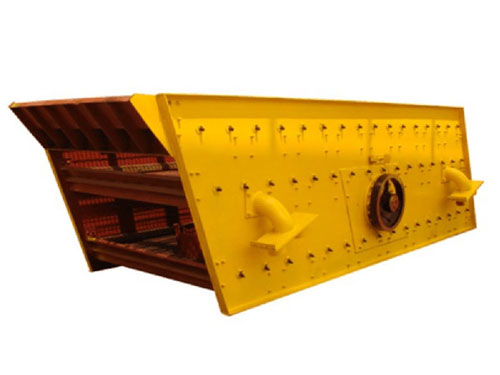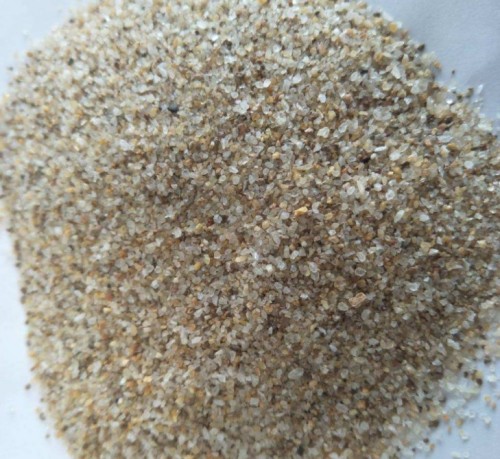Flotation removal of mica from quartz sand
 April.29,2024
April.29,2024
Quartz sand flotation mainly includes fluorine flotation and fluorine-free flotation. Among them, fluorine flotation uses cationic collectors and hydrofluoric acid activators to operate in an acidic pH range. Its disadvantage is that fluoride-containing wastewater seriously pollutes the environment and needs to be treated before being discharged.
Fluorine-free flotation takes advantage of the differences in the structural composition of quartz and feldspar to rationally adjust the ratio and dosage of mixed anionic and cationic collectors, and uses their different Zeta potentials to preferentially flotate feldspar to achieve separation.
A three-stage flotation process is used to remove mica minerals and feldspar minerals in quartz sand.
First-level flotation is to float iron-containing sludge from the slurry using a corresponding chemical system in a neutral or weakly acidic environment;
Secondary flotation is to use a corresponding chemical system to flotate mica minerals and conjoined bodies of mica and quartz from the slurry in a neutral or weakly acidic environment;
Three-stage flotation is to use a corresponding chemical system to flotate feldspar minerals and conjoined bodies of feldspar and quartz from the slurry in a neutral or weakly acidic environment.





